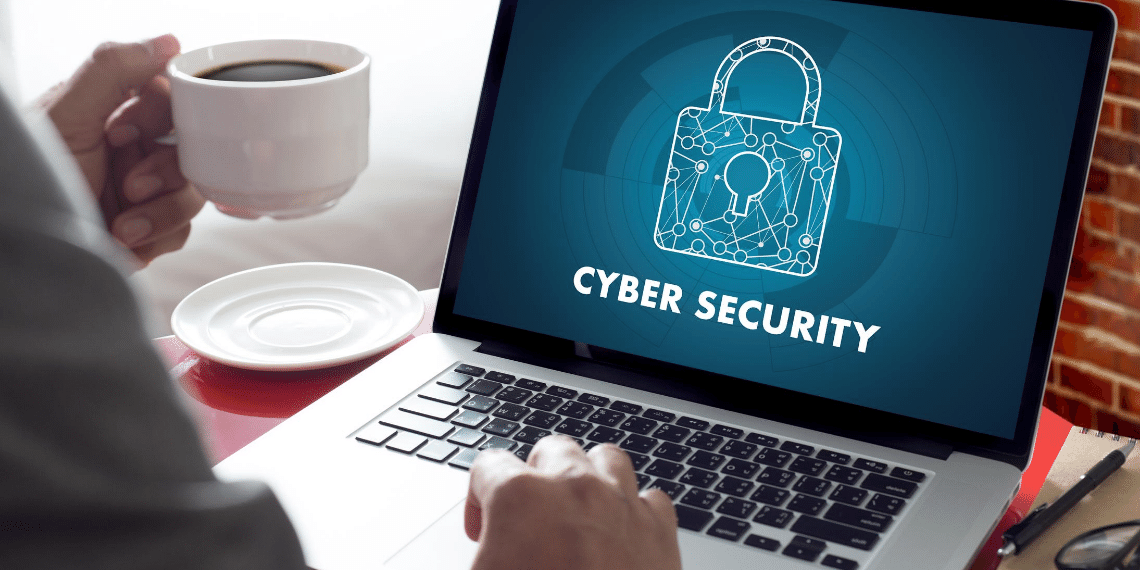
What is a cyber-attack?
When it comes to cyber-attacks, they are defined as cyber-crime attempts to damage or destroy a computer network or system. And when it comes to companies, a very popular type of attack is ransomware – where the intruder sometimes encrypts sensitive data or information and instead asks for money to return it to the owner.
Phishing is another hacking technique, and banks usually fend it off daily. This refers to attempts to steal passwords by posing as a trusted party to infiltrate IT systems and gain access to bank accounts.
DDoS (Distributed Denial of Services) is also on the rise, where hackers flood a network with unnecessary traffic and requests, meaning that a service (or services) cannot function.
Why are Australian Businesses being targeted?
It is simple – there’s money in Australian businesses. They have a strong economy, and they are also quick to implement new technology that help them do their jobs in an effective and productive manner. Unfortunately, this gives cyber criminals the perfect opportunity to carry out attacks and get the desired result – money.
Australian businesses do not trust their existing information security strategy and are largely of the opinion that their investments in this vital sector are failing, according to a recent survey conducted by Accenture of executives in all major industries.
Several Australian companies have been hit with damaging hacks this year, including Toll, BlueScope and last week, Lion.
What are the risks?
The bad news is that there is a whole string of things that could be the result of a cyber-attack. You may be exposed to identity theft, fraud or extortion, your website may be defaced, you may be the victim of instant messaging abuse, or your intellectual property may be stolen.
Data is the main target, which means that you will lose access to anything you need to run your company, and you will never get it back. There is also the problem of taking and using private consumer details against you or your customers, which may lead to a variety of legal implications.
One in five Australian small and medium-sized enterprises was hit by a cyber-attack, with many paying the price in the form of cash or intellectual property.
Data from the latest Norton SMB Cybersecurity Survey shows that 19% of the 2.1 million small and medium-sized Australian businesses—399,000 of them — were attacked at some point by cyber threats.
The main form of attack is phishing scams, where criminals send emails that impersonate someone they know and ask for money or intellectual property.
How can your business be more cyber resilient?
Cyber-attacks on Australian businesses seem inevitable, at least with the prevailing situation in the cyber landscape. But security analysts say that, to a large extent, most of these attacks can be avoided if companies choose to follow the steps set out below, specifically designed to protect their businesses from cyber-attacks:
A. Sophisticated Hardware
The first approach to avoid cyber-attacks on businesses is to provide a safe and sophisticated hardware that is password protected and backed up by 2-way authentication. Often, it is best if you do not forget the importance of securing your physical storage discs. Because if ignored, it gives anyone and everyone a chance to walk away with the confidential data of your business.
B. Create cyber security awareness amongst your staff
With increased work from home, now is a good time to be super clear with your teams and over-communicate about the software and tools that they can use and the processes that they need to follow. Have good security strategies, collaborate, and reinforce them.
C. Encrypt Data
Encryption is a measure of cyber security that protects private and personal data using unique codes that scramble data and make it impossible for intruders to read. Data encryption gives your company the upper hand when your data falls into the wrong hands. And that is because it is becoming pointless even though a hacker sniffs it out as it is not that easy to crack through the encryption available on the market these days.
D. Do not settle for easy-to-remember-passwords
Many people see passwords as an irritating aspect of using technology, but they are there for a reason. However, they are still misused in day-to-day business operations. Many companies make the mistake of issuing all staff default (and easily guessed) passwords and not encouraging or forcing people to change them on a regular basis.
Emphasize the development of solid, unique passwords for all business-related applications, hardware, and computers. Ensure that they are always updated on a regular basis (this can be automated). Clear passwords should be longer than 10 characters and contain a mixture of upper- and lower-case letters as well as numbers and other symbols.
Boardrooms are better educating themselves on cyber risk and how to manage it at the enterprise level. Governments are investing in cyber research, increasing guidance on cyber practices and technical issues, and facilitating information exchange between industry and government.
The Australian Government has developed a guide, providing cyber security advice for businesses during the COVID-19 pandemic.
